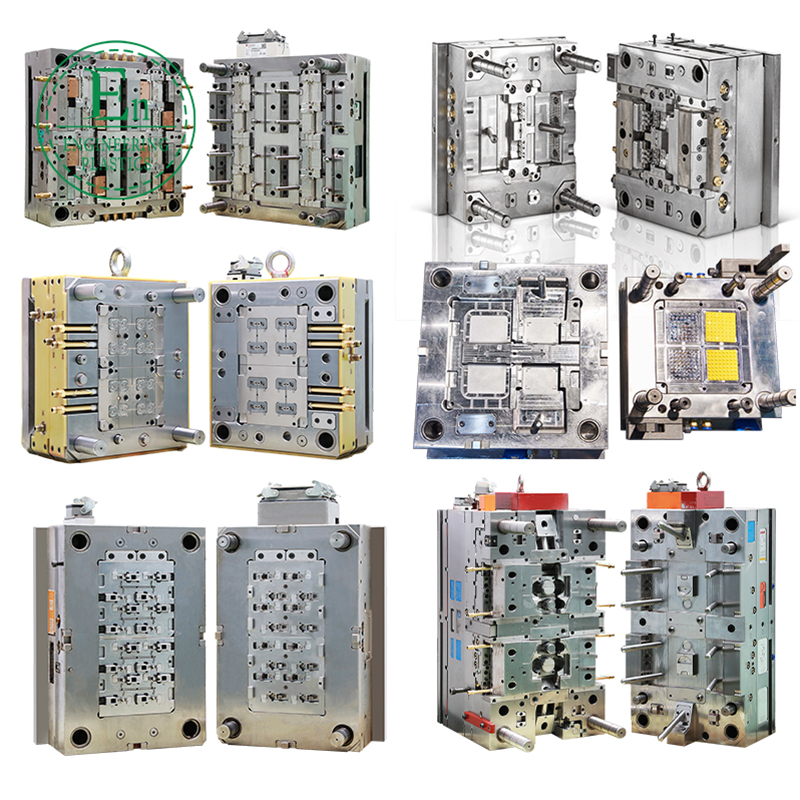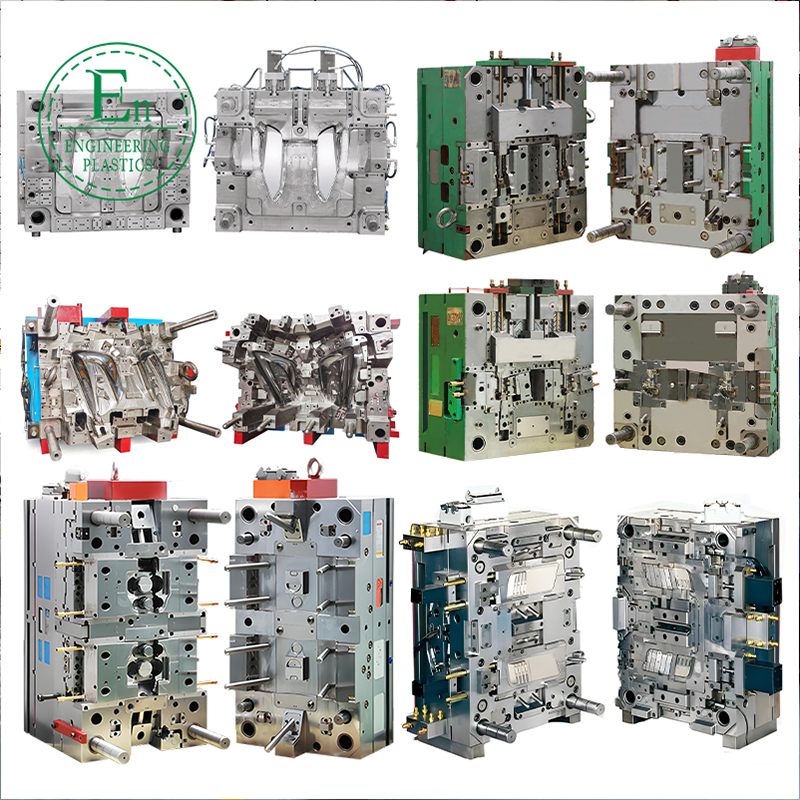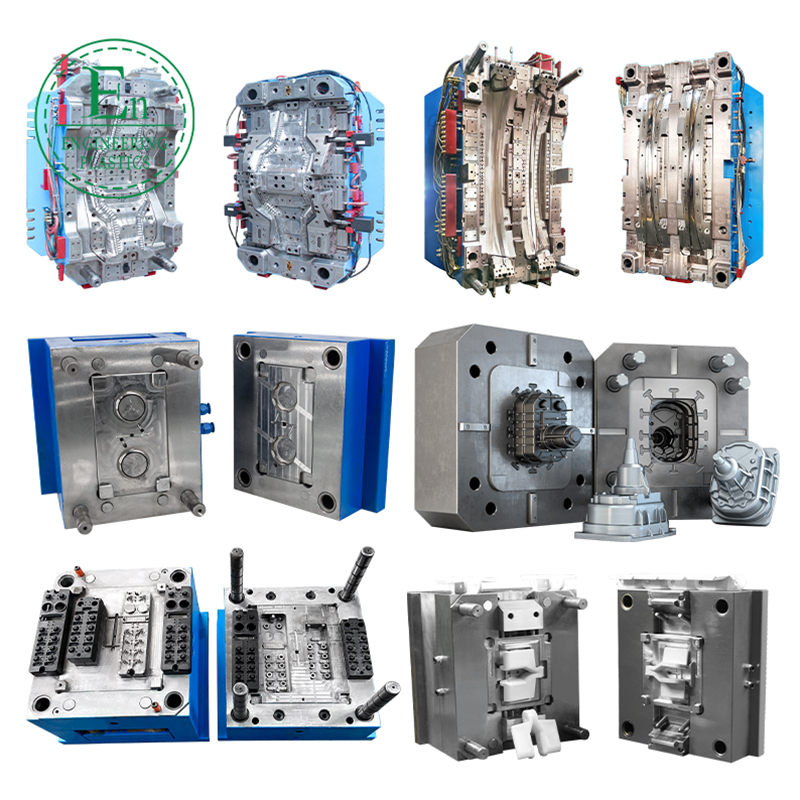
Injection molding is a highly efficient and versatile manufacturing process used to create a variety of plastic parts. However, achieving flawless production can be challenging without a deep understanding of the key parameters involved. Factors such as t









Different Types of Injection Mold Prototypes
In terms of injection molds, they can be constructed from aluminum, pre-hardened steel, or non-metallic composites. Each material has its own advantages and specifications. Aluminum is the most commonly used material for prototypes due to its ease of machining and resilience during the injection molding process. Additionally, aluminum comes in various mold grades suitable for this process.
Aluminum is a convenient, durable material that can be intricately processed. It is also four times more conductive than steel, which helps reduce molding cycle times. However, caution is advised when working with aluminum.
Another viable option is pre-hardened steel, widely used for higher production needs. This material provides fine details for desired parts, is easy to machine and polish, and offers various grades to ensure high-quality parts are produced according to specific requirements.
Time Required
The time needed depends on the customer's requirements. Typically, it takes 1-4 weeks to create a quality prototype. For complex designs, the process may take longer. However, a reputable manufacturer can deliver premium quality parts within the specified deadline.

Mastering the Art of Injection Molding Parameters for Flawless Production
Are you looking to achieve flawless production in injection molding? Mastering the art of injection molding parameters is the key to success. In this article, we will explore the crucial factors that contribute to flawless production and how to optimize them for exceptional results.
Injection molding is a highly efficient and versatile manufacturing process used to create a variety of plastic parts. However, achieving flawless production can be challenging without a deep understanding of the key parameters involved. Factors such as temperature, pressure, cooling time, and melt flow rate can greatly impact the quality of the final product.
By carefully controlling and fine-tuning these parameters, you can avoid common issues like shrinkage, warpage, and surface defects. A comprehensive understanding of injection molding parameters will enable you to optimize cycle times, reduce scrap rates, and ultimately improve the overall efficiency of your production.
